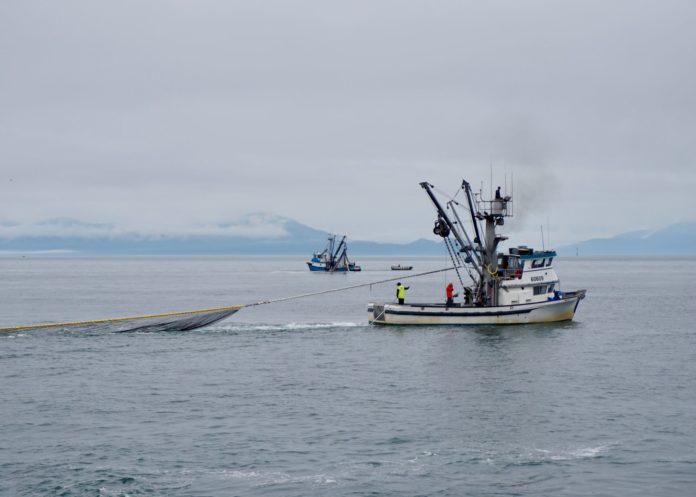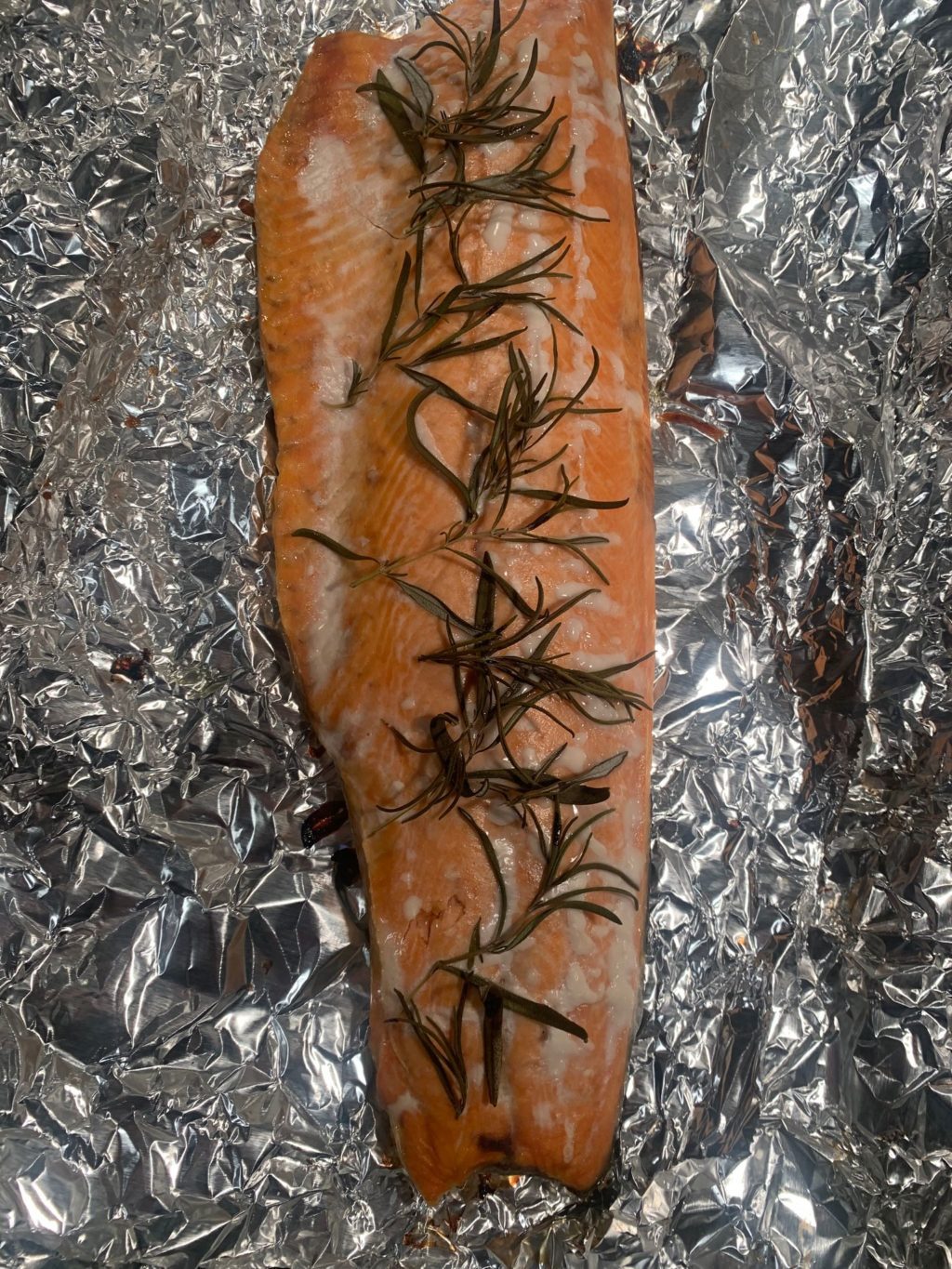
For salmon aficionados looking to fill their freezers with fillets of wild Alaska salmon there is an abundance of retail fish available, at prices ranging from $9.99 to $21.99 a pound. At the famed Pike Place Fish Market in Seattle the price per pound for wild Alaska sockeye fillets has been holding at $29.99 since the season began.
But for Bristol Bay fishermen getting a base price of 50 cents a pound for their harvest, the season has been a bummer.
“To say that the fleet is not happy with the situation is an understatement,” said Fritz Johnson, a veteran Bristol Bay harvester from Dillingham and board member of the Bristol Bay Regional Seafood Development Association (BBRSDA), which represents some 1,400 drift gillnetters. “The BBRSDA is eager to work with the fishermen and processors to change the situation. We are tired of going fishing without knowing what the price is and are trying to correct that. A lot of people will consider whether it is worth going (fishing) if they don’t have an indication of what the market is.”
Discussion over the base price for the Bristol Bay sockeyes was a hot topic of discussion last week, after harvesters delivering to Trident Seafoods received a letter from Jeff Welbourn, senior vice president of operations at the company, stating plans to stop buying salmon in all areas except for Petersburg and Cordova South to support coho fisheries.
“The current state of the salmon markets is volatile, and the future indicators are even more concerning,” Welbourn wrote.
The letter said there had been a sharp decrease in wholesale prices in the spring across all species of salmon and prices were continuing to drop.
“Given how quickly things are changing we are committed to being as transparent as possible, so you can make timely and informed decisions,” the letter reads. Welbourn said chum markets had collapsed on or about Sept. 1.
Welbourn also related that Russia had harvested the equivalent of the entire Alaska pink salmon annual forecast and “shown a willingness to offload inventory at very low prices in part to fund the war in Ukraine.”
“We haven’t seen a collapse in value like this since the 1990s when pinks went well under ten cents a pound,” he wrote in the letter.
Welbourn assured fishermen that Trident is doing everything it can to maintain the service, stability and value of its fleet.
Meanwhile stories persist that some of the record amount of salmon harvested is still unsold and that given the crush of millions of salmon being delivered to Bristol Bay processors last year may not be of top quality either due to the impacts of harvesting or processing.
Other than this letter to its fishermen, Trident has not commented on the 50-cent base price, which was what was also being offered for the most part by other Bristol Bay processors.
OBI Seafoods meanwhile was offering its harvesters a late season price, beginning July 18, of 70 cents a pound for sockeyes.

“It’s a complicated topic,” said Gunnar Knapp, a professor emeritus of economics at the University of Alaska Anchorage’s Institute of Social and Economic Research. “Processors don’t own or control the retailers. They have no control over retail prices. What matters to processors, and what directly affects what they are willing and/or able to pay fishermen, depends on wholesale prices the processors receive. So, if retailers are charging consumers high prices, that doesn’t necessarily translate into high wholesale prices paid to processors.”
Knapp also noted that the dynamics of retail prices differ completely from wholesale prices, and that in general it always takes prices longer to come down at the retail level than for wholesale prices to come down.
“You see the same thing for gas prices and crude oil prices,” he said. “When crude oil prices fall, in general gasoline prices at the pump eventually follow, but not right away and not by as much.”
Meanwhile a lot of harvesters, including those in Prince William Sound, are still out there fishing and hoping that post-season bonuses will help improve their overall bottom line.”
Through last Tuesday, the preliminary harvest for Prince William Sound’s commercial salmon fishery, compiled by the Cordova staff of the Alaska Department of Fish and Game (ADF&G), stood at 31.1 million salmon, including nearly 26 million humpies, 3.5 million chums, 1.7 million sockeyes, 14,162 cohos and 11,227 Chinooks.
The statewide ADF&G preliminary harvest through last Tuesday stood at 124.9 million fish, including more than 62 million pinks, 48 million sockeyes, 14 million chums, 678,000 cohos and 170,000 kings.
Despite a smaller sockeye harvest this year the statewide harvest across all species is now down only 8% from last year (2021 for pinks) because of a larger keta harvest and recent surge in pink salmon harvests, noted Simon Marks, a research analyst with McKinley Research Group in Anchorage — which produces in-season reports of the commercial salmon season on behalf of the Alaska Seafood Marketing Institute.
Marks said that most of Alaska’s pink salmon harvest has taken place in Prince William Sound in recent years, where the harvest is at similar levels year-to-date as 2021. While the Southeast pink salmon harvest is smaller than in Prince William Sound, it is up nearly 100% from 2021 and has surpassed its pre-season forecast of 19 million fish, he said.
State biologists are predicting this region’s pink salmon harvest could surpass three times this forecast by the end of the season.
“Increasing global wild salmon supply (from particularly strong Russian pink and keta salmon harvests) and lower prices may influence participation for the remainder of the season for both pink salmon and keta salmon,” Marks said. “Trade press reported that Alaska processors announced changes last week including price drops, delivery limits, and shorter operating seasons.”
The statewide sockeye harvest has now reached 99% of the predicted total harvest, with volume down 29% from the 2022 harvest. While the Chinook harvest is down 27% year-over-year in estimated weight, harvests increased last week — marking the beginning of the late summer run. Coho harvests are up from 2022, but down 20% from the five-year average, Marks said.














